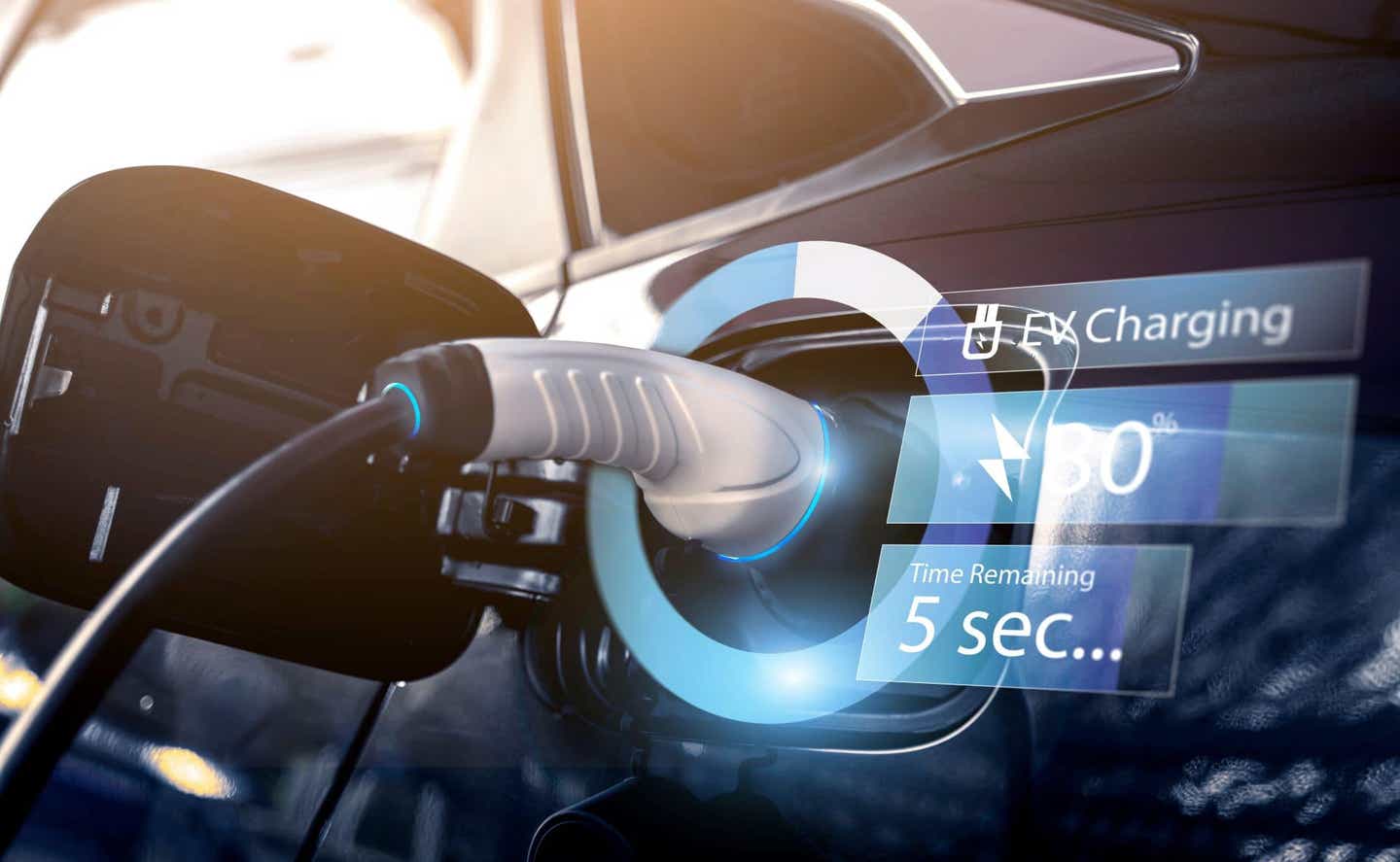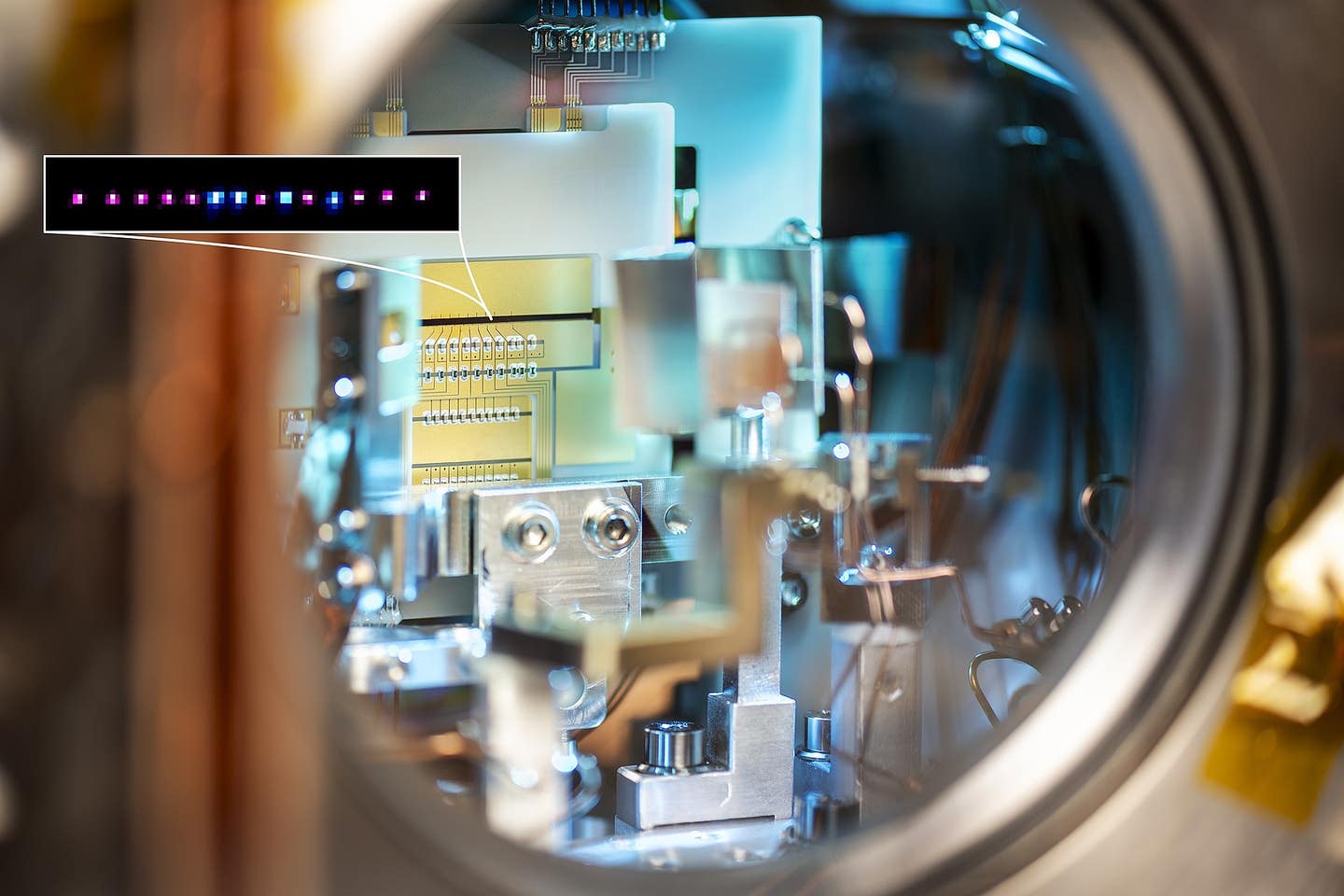Revolutionary battery technology could boost EV range to over 3,000 miles on a single charge
This development not only advances battery technology but could also reshape the entire electric vehicle landscape.

In the world of EVs, a significant leap has been made in battery technology, promising an unprecedented boost in energy storage capacities. (CREDIT: Creative Commons)
In the rapidly evolving world of electric vehicles (EVs), a significant leap has been made in battery technology, promising an unprecedented boost in energy storage capacities. At a time when the electric vehicle industry is experiencing explosive growth, this discovery couldn't have been timelier.
Researchers from Pohang University of Science & Technology (POSTECH) have unveiled a groundbreaking technique to amplify the energy storage capacity of batteries tenfold. This development not only advances battery technology but could also reshape the entire electric vehicle landscape.
Understanding the Anode's Role in Batteries
The essence of how batteries function lies in the anode, a component responsible for storing power during the charging phase and then discharging it when the battery is in use. Currently, graphite is the predominant material used for anodes in the majority of modern lithium batteries.
However, there are materials like silicon that inherently possess a far greater energy capacity than graphite, making them potentially better suited for efficient battery design. The challenge, however, has always been stabilizing a battery that utilizes a silicon anode. One of the primary reasons is that the internal reactions within the battery cause silicon to expand, posing a threat to the battery's stability and safety.
Related Stories:
A Breakthrough in Silicon Anode Technology
Enter Professors Soojin Park and Youn Soo Kim of POSTECH, who, in collaboration with Professor Jaegeon Ryu of Sogang University, have masterminded a solution to this long-standing issue.
Their innovative approach involved devising a special binding material capable of preventing a high-capacity silicon anode from expanding. The result? A lithium battery that boasts a staggering ten times the capacity of its graphite-anode counterparts.
However, POSTECH is not alone in the global race to redefine battery technology. Numerous teams worldwide are diligently working towards more sustainable and efficient solutions.
For instance, a Chinese company has already pioneered an EV battery leveraging sodium - a material both economical and widely available, as a viable alternative to the pricier lithium. On the other hand, NASA's ingenuity is leading to the evolution of an enhanced solid-state battery, which promises to be both compact and lightweight compared to conventional lithium batteries.
In another intriguing development, a researcher has embarked on a journey to craft biodegradable batteries using crab shells.
Towards a Greener Tomorrow
The significance of these battery advancements transcends just the realm of transportation. Efficient batteries are integral to leveraging cleaner energy sources, such as wind and solar power. Unlike fossil fuels, which deliver energy instantaneously, renewable sources like solar and wind are weather-dependent. Thus, there's an intrinsic need for efficient storage solutions to harness energy during optimal conditions and supply it during less favorable times, like nighttime or windless days.
The team introduced polyethylene glycol to regulate the physical properties and facilitate Li-ion diffusion, resulting in the thick high-capacity electrode and maximum energy density found in Li-ion batteries. (CREDIT: Wiley)
When we translate this advancement to EVs, a powerful battery implies a longer driving range. The ability of electric vehicles to store more energy would potentially level the playing field, making them just as, if not more, efficient than their gasoline counterparts.
Speaking on the monumental achievement, Professor Park stated on the POSTECH website, “The research holds the potential to significantly increase the energy density of lithium-ion batteries through the incorporation of high-capacity anode materials, thereby extending the driving range of electric vehicles.”
All-solid-state lithium batteries have emerged as a priority candidate for the next generation of safe and energy-dense energy storage devices surpassing state-of-art lithium-ion batteries. (CREDIT: Wiley)
He further emphasized the transformative potential of silicon-based anodes by adding, “Silicon-based anode materials could potentially increase the driving range at least tenfold.”
As we stand on the precipice of a greener future, it's clear that cutting-edge battery technology will be at the forefront of this revolution, driving us towards a world less reliant on polluting energy sources. And with these recent developments, that future seems closer than ever.
For more science news stories check out our New Innovations section at The Brighter Side of News.
Note: Materials provided above by The Brighter Side of News. Content may be edited for style and length.
Like these kind of feel good stories? Get the Brighter Side of News' newsletter.
Joseph Shavit
Head Science News Writer | Communicating Innovation & Discovery
Based in Los Angeles, Joseph Shavit is an accomplished science journalist, head science news writer and co-founder at The Brighter Side of News, where he translates cutting-edge discoveries into compelling stories for a broad audience. With a strong background spanning science, business, product management, media leadership, and entrepreneurship, Joseph brings a unique perspective to science communication. His expertise allows him to uncover the intersection of technological advancements and market potential, shedding light on how groundbreaking research evolves into transformative products and industries.



